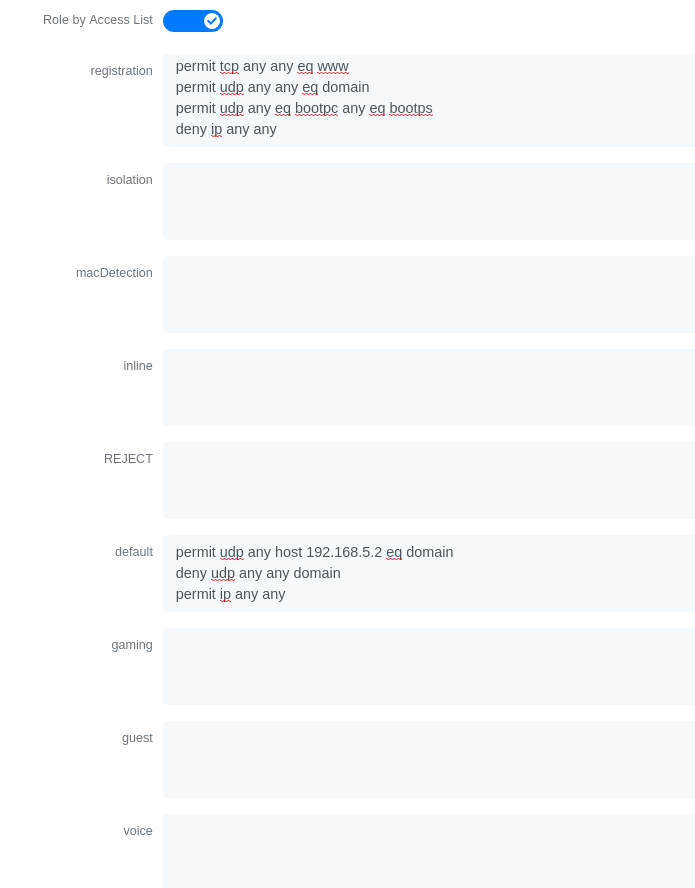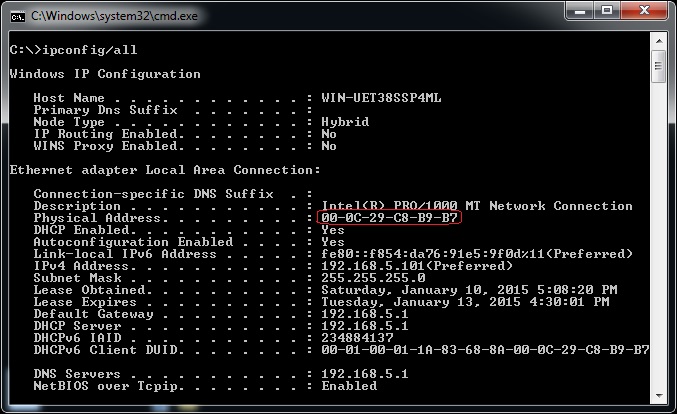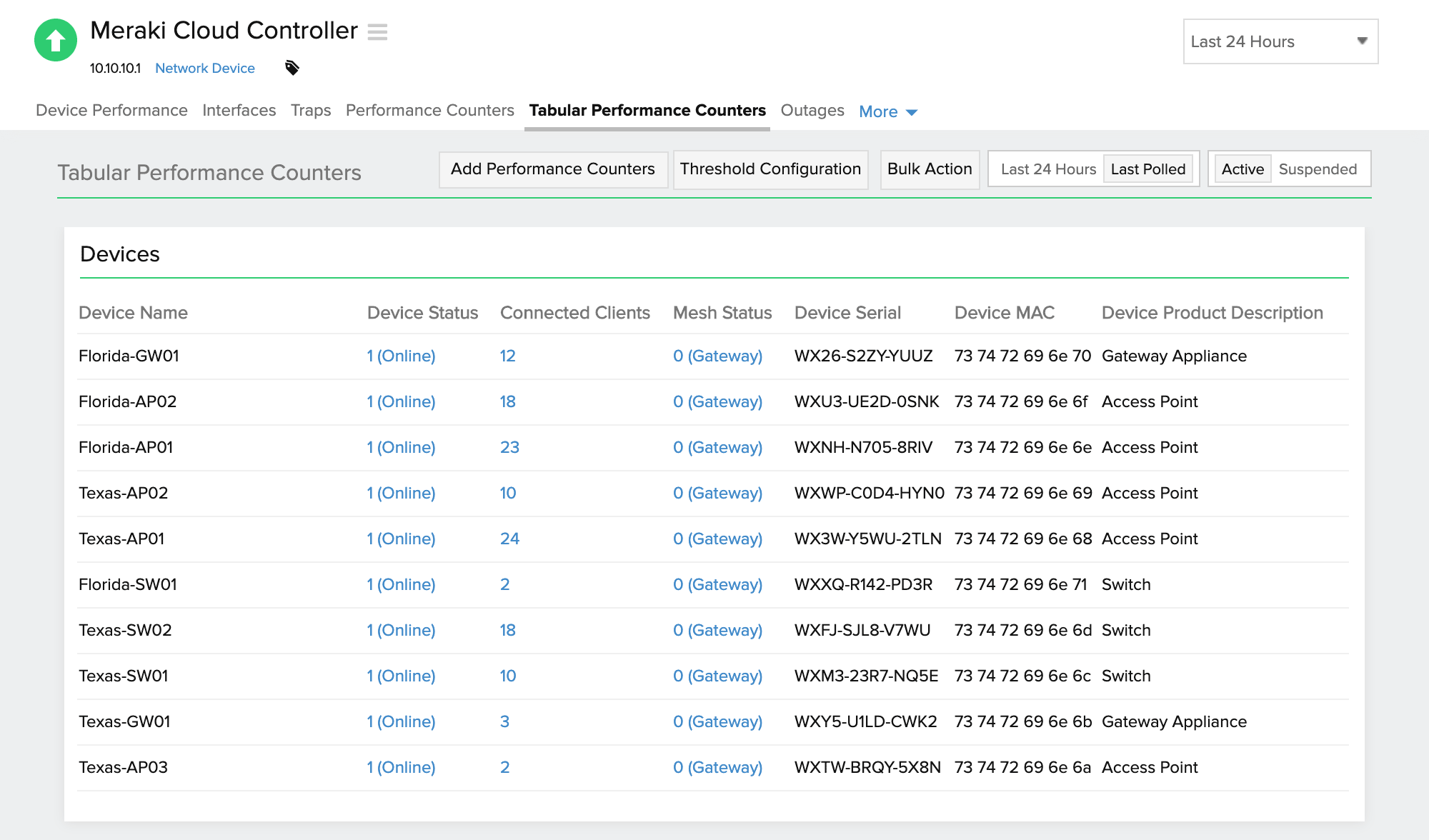

Source IPv4 Address - Requires the packet's source IP address to match the address defined in the appropriate fields. Choose this method to identify a protocol not listed in the Select Select From List - Choose one of these protocols: IP, ICMP, IGMP, TCP, or UDP.Ĭustom - Enter a standard IANA-assigned protocol ID from 0 to 255. You can choose one of theseĪll Traffic - Allows all traffic that meets the rule criteria Service (Protocol) - Uses a Layer 3 or Layer 4 protocol match condition based on the value of the IP Protocol field. That is not explicitly permitted is dropped.

Because there is an implicit deny all rule at the end of every ACL, traffic Is forwarded unless this rule is the final rule. When you choose Deny, the rule blocks all traffic that meets the rule criteria from entering the WAP device. When you choose Permit, the rule allows all traffic that meets the rule criteria to enter the WAP device. Rule denying all traffic with lowest priority.Īction - Choose whether to Deny or Permit the action. The priority of the new rule will be the lowest of all explicit rules. Rule Priority - When an ACL has multiple rules, the rules are applied to the packet or frame in order of priority. If no rules are added, the WAP denies all the traffic by default. Click ✚ to add a rule and configure the following: If you want to change the associated interfaces, you can click ━ to delete the selected interface, and click ✚ to chooseĬlick More. The IPv4 ACL's control access to the network resources are based on the Layer 3 and Layer 4 criteria.Ĭlick ✚ and select the associated interfaces to apply the ACL. The name is limited to 31 alphanumeric and special characters without any space.Ĭhoose IPv4 as the ACL Type from the ACL Type list. In the ACL Name field, enter the name of the ACL. Next, to configure the rules for the ACL. If you want to change the associated interfaces, you can click ━ to delete the selected interfaces, and click ✚ to choose Select the ACL type from the drop down list ( IPv4, IPv6 or MAC).Ĭlick ✚, select the associated interfaces to apply the ACL, and click OK.

In the ACL Table, click ✚ to add a new row and create an ACL. To configure the ACLs follow these steps: Procedure Use the ACL Rule(s) to configure the ACLs, and then apply the rules to a specified interface. If any of the rules match the content, a permit or deny action When a frame enters the WAP device port, the WAP device inspects the frameĪnd checks the ACL rules against the content of the frame. You can configure the rules to inspect fields of a frame such as the source or destination MACĪddress, the VLAN ID, or the class of service. To avoid denying all, we strongly recommend that you add a permit There is an implicit deny at the end of every rule created. The IP ACLs classify traffic for Layers 3 and 4. Or more fields within a packet, such as the source or destination IP address, the source or destination port, or the protocolĬarried in the packet. Rules can be based on various criteria and may apply to one Each rule specifies whether the contents of a givenįield should be used to permit or deny access to the network. Each ACL supports multiple interfaces.Įach ACL is a set of rules applied to traffic received by the WAP device. The WAP device supports up to 50 IPv4, IPv6, and MAC ACLs and up to 10 rules in each ACL. ACLs can block any unwarranted attempts to Unauthorized users and allowing authorized users to access specific resources.

It contains theĪccess Control Lists (ACLs) are a collection of permit and deny conditions, called rules, that provide security by blocking
Cisco mac address access control how to#
This chapter describes how to configure the ACL and the quality of service (QoS) feature on the WAP device.


 0 kommentar(er)
0 kommentar(er)
